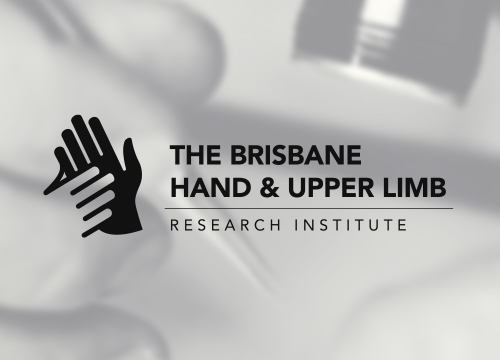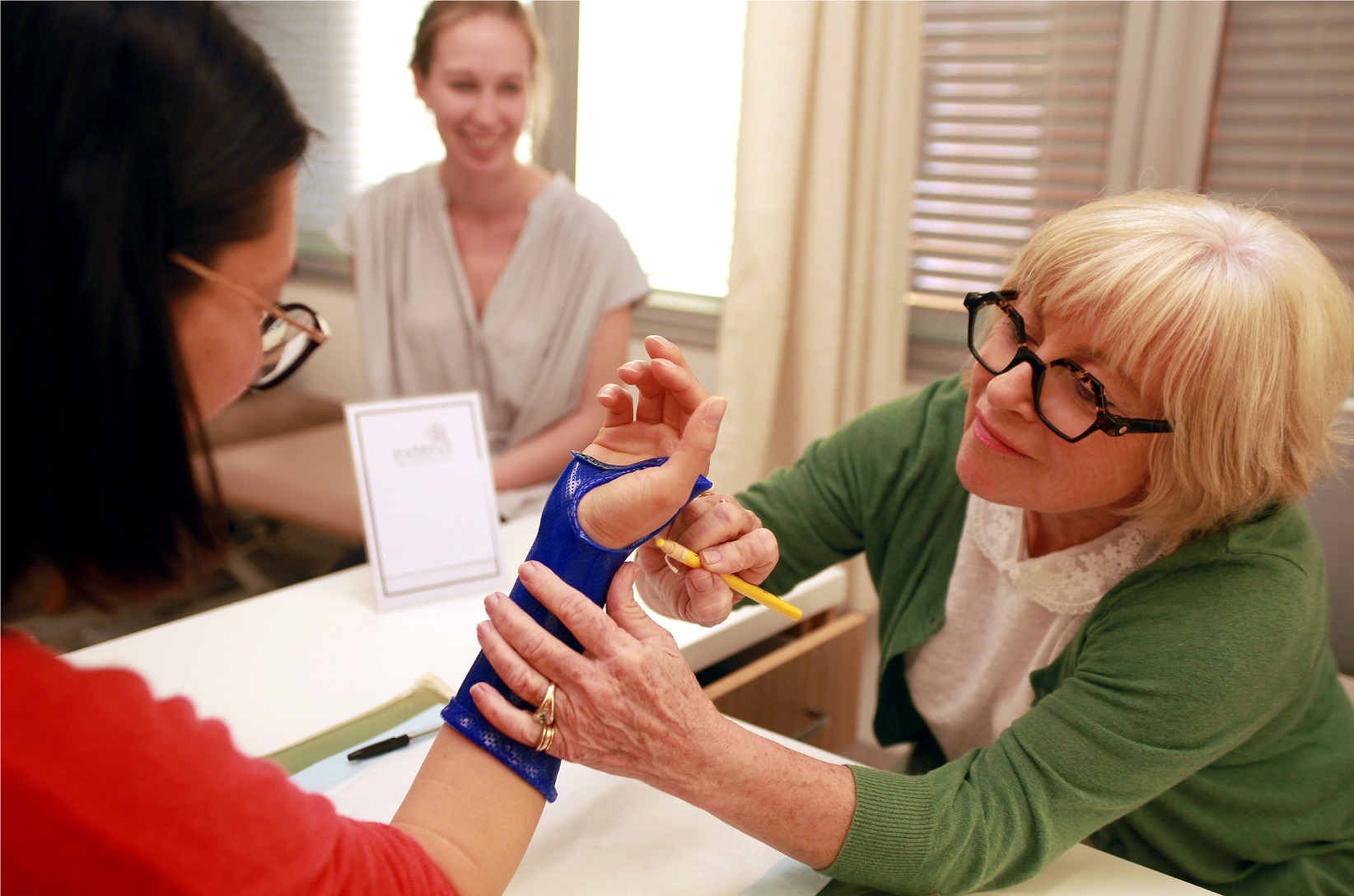Jha B, Ross M, Reeves SWSL, Couzens GB, and Peters SE.
Hand Therapy 2016; 21(2):45-53.
DOI: 10.1177/1758998315616399
Introduction: Goniometric measurement of thumb range of motion is often used as an outcome measure in assessing patients with first carpometacarpal osteoarthritis. Despite common use and demonstrated construct validity, the reliability of this technique has not been well established. The Kapandji Index is an alternate functional measure of thumb motion suitable for use with this client group. The purpose of this study was to examine the inter-rater reliability of the goniometric measures for thumb joint range of motion compared to the Kapandji Index in patients with first carpometacarpal joint osteoarthritis.
Methods: Two independent assessors, who were blind to each other’s measurements, measured thumb range of motion in 33 patients (54 thumbs). All participants were undergoing treatment for carpometacarpal joint osteoarthritis. Active range of motion was measured with a goniometer for all the thumb joints using a standardised measurement protocol. The Kapandji Index score was recorded. Relative reliability was assessed by using the intraclass correlation coefficient. Absolute reliability was also calculated by determining the standard error of measurement (SEM68) and the minimal detectable difference (MDD90).
Results: Inter-rater reliability for the goniometer was highly variable ranging from poor to excellent (intraclass correlation coefficient 0.128–0.860). The SEM68 ranged from 9° to 13°, and the resulting MDD90 varied from 21° to 31° for the different thumb joints. The Kapandji Index had excellent inter-rater reliability among the different raters (intraclass correlation coefficient 0.772–0.917).
Conclusions: Measurement of goniometric active range of motion of the thumb may have limited utility as a measure of clinical effectiveness for patients with carpometacarpal joint osteoarthritis. However, the Kapandji Index is a reliable measure of functional range of motion.




